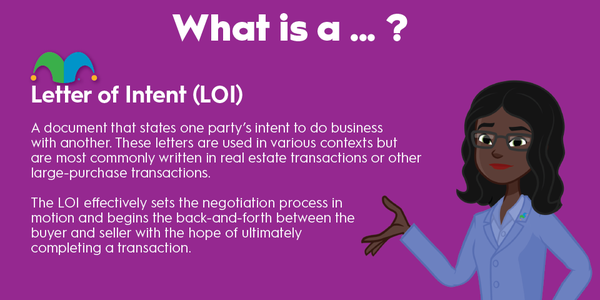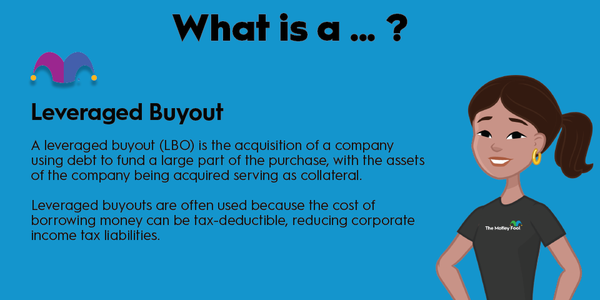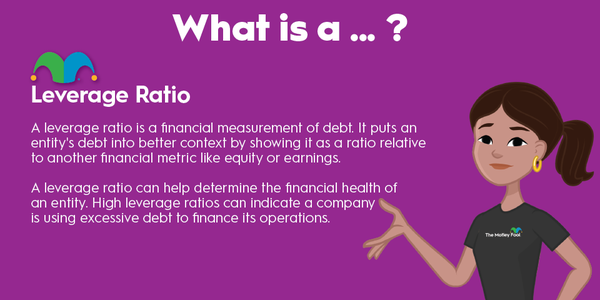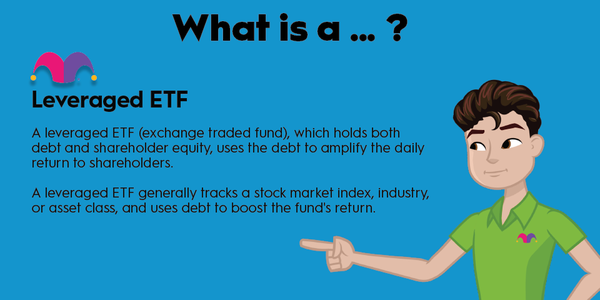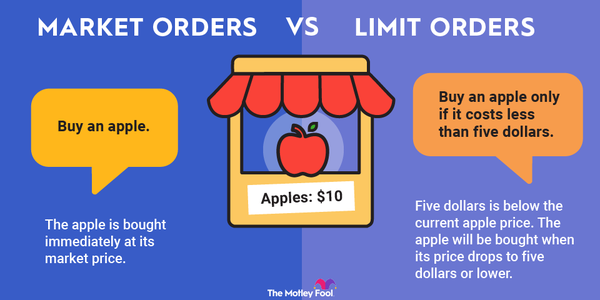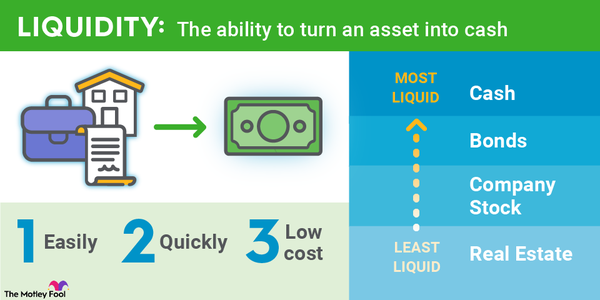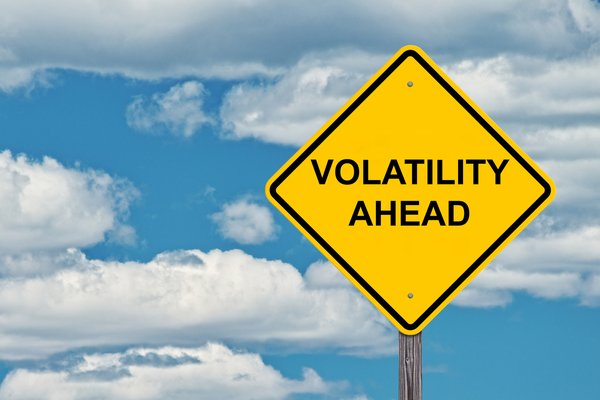The loan-to-value (LTV) ratio is a metric to measure the financial risk of a loan. It compares the amount of money borrowed to the market or appraised value of the asset used as collateral for the loan. A higher loan-to-value ratio denotes more risk, often requiring the borrower to pay a higher interest rate or obtain insurance on the loan.
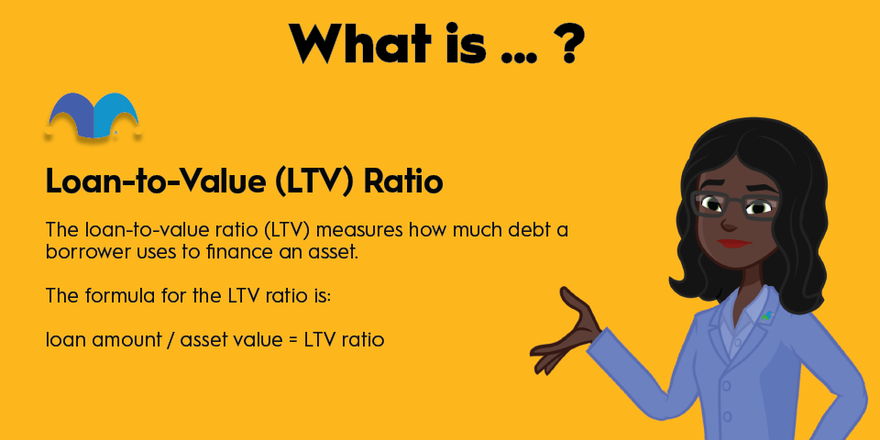
What is the loan-to-value (LTV) ratio?
What is the loan-to-value (LTV) ratio?
The loan-to-value ratio (LTV) measures how much debt a borrower uses to finance an asset. It's the percentage of debt compared to the asset's value, usually expressed as a percentage. The formula for the LTV ratio is:
loan amount / asset value = LTV ratio.
For example, if a prospective buyer is seeking a $750,000 loan to buy an asset with an appraised value of $1 million, the deal would have a 0.75, or 75%, LTV ratio.
Where is the LTV ratio used?
Where is the LTV ratio used?
Banks and mortgage lenders commonly use the LTV ratio when a borrower seeks to obtain a loan on a home, such as a mortgage, home equity line of credit (HELOC), or home equity loan. For a mortgage, the bank or mortgage lender will use the LTV to determine a loan's riskiness. If the LTV exceeds certain thresholds, the borrower might need to pay a higher interest rate and have private mortgage insurance (PMI).
Lenders also use an LTV ratio to determine whether a prospective borrower has enough equity to take out a HELOC or home equity line of credit. They'll often use a combined loan-to-value ratio, or CLTV, that divides the combined value of the existing mortgage plus the proposed home equity loan or line of credit amount by the appraised value of the home to determine its CLTV ratio.
Real estate investors will also use LTV when gauging a property investment's riskiness. A high LTV ratio implies that an investment has a higher risk profile. If market values drop, an investor could lose all their equity in a deal if it had a high LTV. Similarly, investors in real estate debt like to see deals with a low LTV ratio. That gives them more cushion should the borrower default, and they need to foreclose on the property and sell it to recoup their investment.
What is a good LTV ratio?
What is a good loan-to-value ratio?
Most mortgage lenders require an LTV ratio of 80% or below for a conventional loan. If the LTV ratio is higher than 80%, they usually require the borrower to obtain private mortgage insurance. That protects the lender in case of a default where they must foreclose on the house and can't sell it for a high enough price to satisfy the remaining loan value. Meanwhile, borrowers can often obtain a lower interest rate if they have a lower LTV.
For a HELOC or home equity loan, lenders usually require that the CLTV be 85% or less. That means the combined value of the existing mortgage and additional borrowing, e.g., a HELOC or home equity loan, can be at most 85% of the home's current appraised value.
In commercial real estate investing, LTV ratios for senior debt on a property investment typically range between 65% to 80% depending on the property type. Lenders are usually willing to offer loans at LTVs in the 70% to 80% range for multifamily investments, with an average of around 73%. Meanwhile, LTVs are often below 70% for office, industrial, and self-storage deals, typically averaging around 68%.
Examples of LTV ratios
Examples of LTV ratios
LTV ratios are a helpful tool. They can help people determine how much money they can borrow against a home's value. The metric also enables real estate investors to gauge the potential riskiness of a deal. Here are a couple of examples of how to use the LTV ratio.
A homeowner wants to renovate their kitchen and would like to take out a HELOC to help finance the renovation project. They currently owe about $450,000 on their mortgage. They have an appraisal done on their home, which puts the current market value at around $600,000. Using the CLTV ratio, they can borrow up to $60,000 to fund their kitchen update while staying below the lender's 85% CLTV cap.
Real estate investors also use the LTV ratio as one metric to gauge the riskiness of a real estate investment opportunity. For example, a real estate crowdfunding platform is offering the opportunity to participate in a real estate loan investment backing an industrial property. The deal material notes that the investment will carry an LTV of 66%. That's below average for this property type, suggesting that the deal has a reasonably low-risk profile. The property would need to lose a third of its value before debt investors see any risk to their principal investment.

